Safeguarding an important food crop—and the world’s beer supply
On-site – farmers’ crop of barley infected with leaf rust
- Lee Hickey, University of Queensland geneticist and John Agnew, Chair of the Northern Region Barley Advisory Committee will be available for comment.
An international study led by a Queensland scientist has found a way to better safeguard an important food crop—and the world’s beer supply.
The study, led by University of Queensland geneticist Dr Lee Hickey, successfully identified a gene that protects barley against leaf rust – a disease that hit Queensland farmers in 2010 and could destroy almost a third of the national crop.
In Australia, barley is used primarily for beer and stockfeed. The situation is much more significant in North Africa and Southwest Asia, where barley is a critical human food, and rust commonly attacks vulnerable plants.
Barley farmers around the world currently spend large amounts of money on fungicides to combat leaf rust. Lee’s discovery will enable selective breeding of barley to provide genetic protection to the disease – resulting in much lower chemical use, reduced crop losses, and a more reliable grain supply.
Lee, a research fellow at the University of Queensland’s Alliance for Agriculture and Food Innovation, conducted his pioneering study with collaborators from the Queensland Department of Agriculture, Fisheries and Forestry, the University of Sydney and Uruguay’s Instituto de Investigacion Agropecaria. The research was funded in part by a grant from the Grains Research and Development Corporation.
In field trials in Australia and Uruguay, the research team was able to identify a specific gene, Rph20, that provided resistance to the leaf rust pathogen in the adult plants of some barley varieties. The team then successfully developed a diagnostic DNA marker to determine the presence of the gene. The researchers traced its origins back to a type of barley first cross-bred in the Netherlands in 1928.
“It was a surprise that we could trace the gene back so far,” Lee says. “Rph20 has been deployed in a lot of European varieties over the years, and demonstrated a real durability of resistance over that time.
“To date, there have been no reports of a strain of leaf rust that has overcome the Rph20 resistance, thus we hope this gene will continue to provide long-lasting protection around the world.”
Lee’s findings, which were published in the journal Theoretical and Applied Genetics, could provide an important boost to global barley production. He has declined to patent the DNA marker, preferring the information to be freely available.
Queensland farmers were victim to an outbreak of leaf rust in 2010. Many had to apply fungicides up to four times to save their crops.
Lee’s research has also conclusively linked the Rph20 gene to resistance to another devastating barley disease, powdery mildew. “We’re finding that it’s linked to other disease resistances, as well,” he said. “It seems to be a key gene in the barley genome.”
Dr Hickey is one of 12 early-career scientists unveiling their research to the public for the first time thanks to Fresh Science, a national program sponsored by the Australian Government through the Inspiring Australia initiative.
For interviews and further information: www.freshscience.org
- Niall Byrne, 0417 131 977, niall@scienceinpublic.com.au
- Ron Hohenhaus, Queensland Alliance for Agriculture & Food Innovation (QAAFI), 07 3346 0553

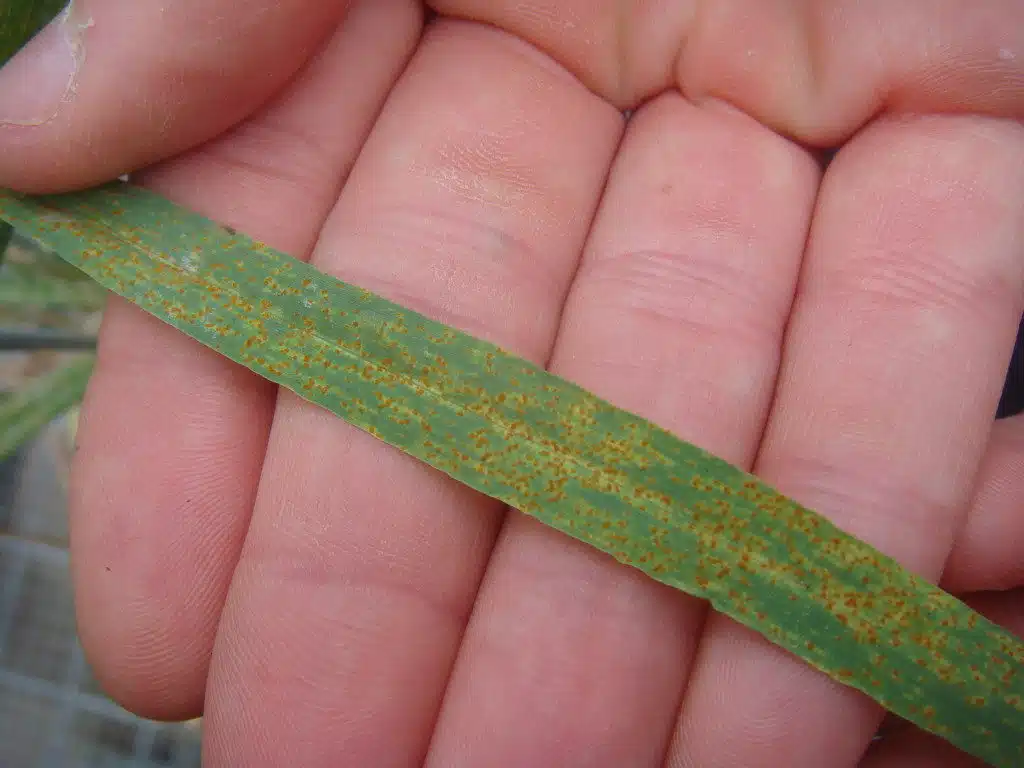

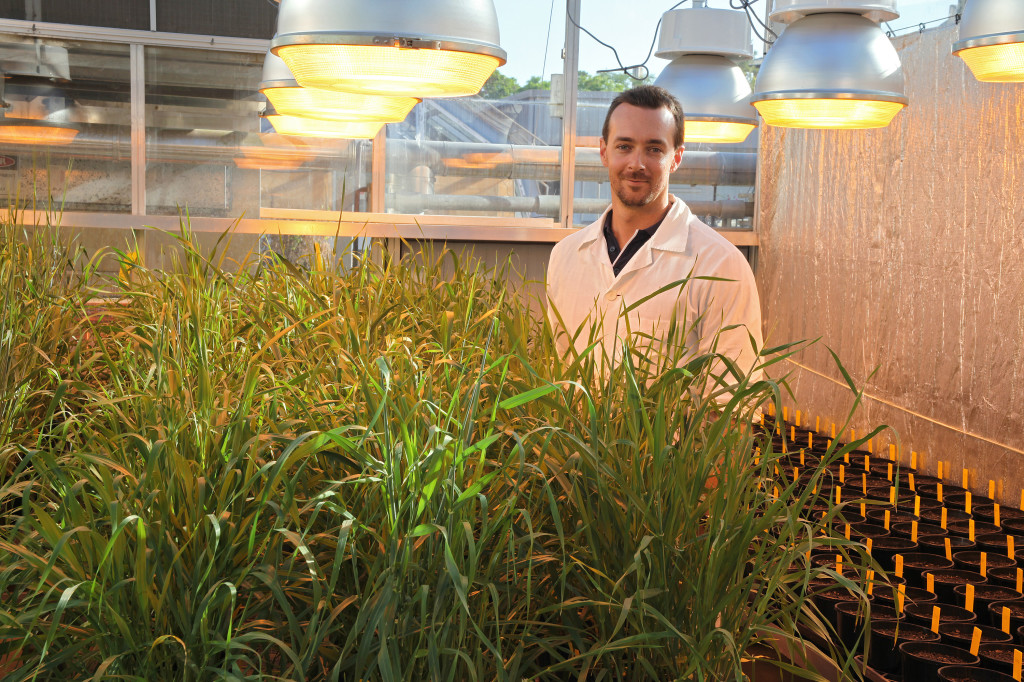
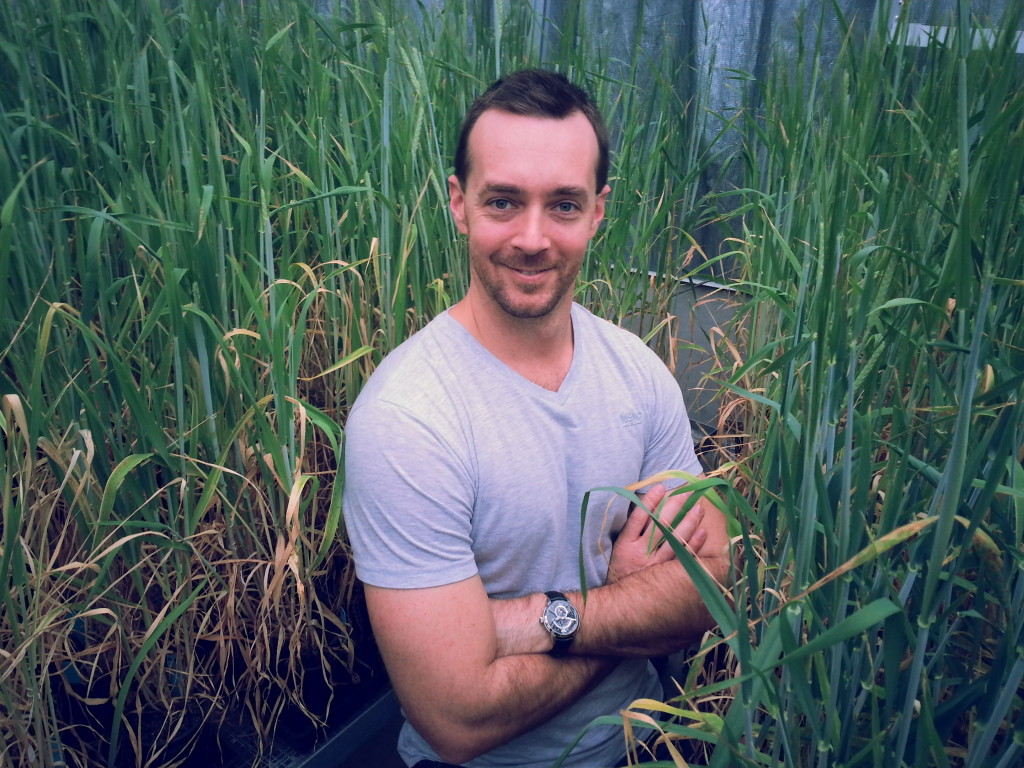
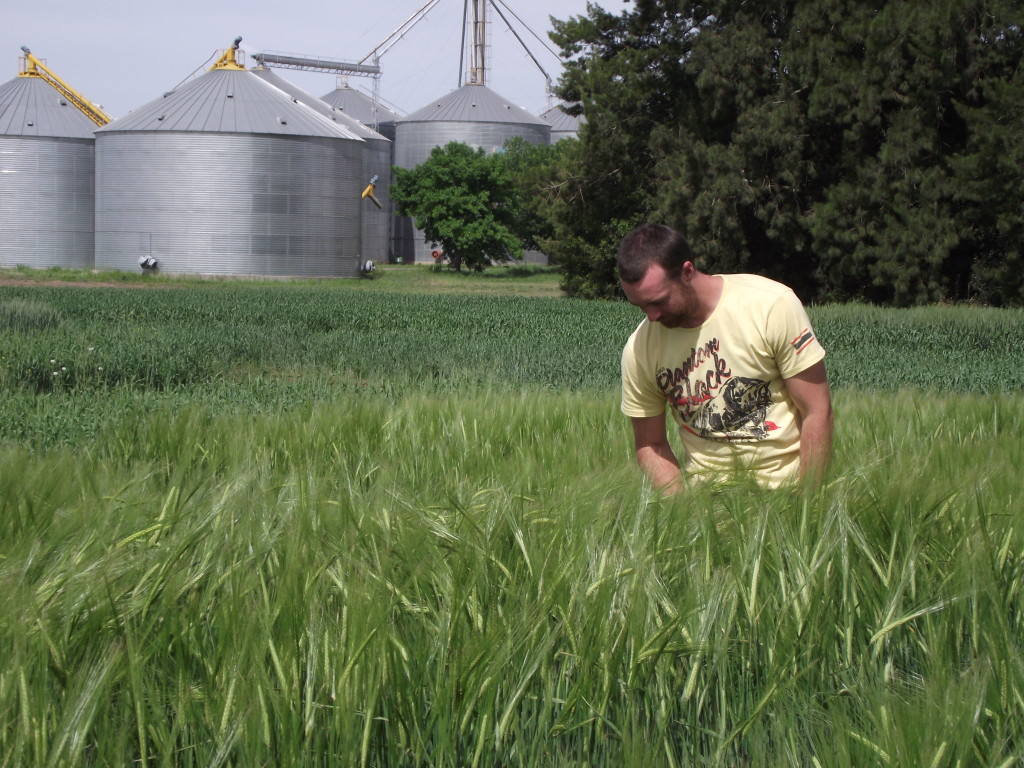
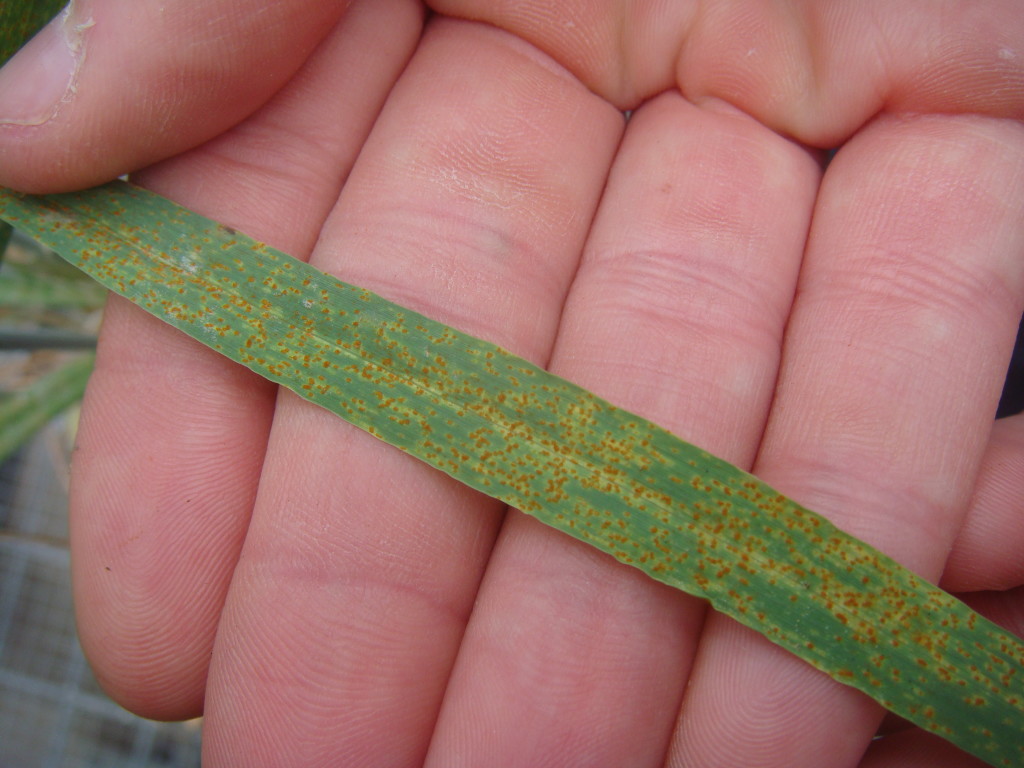
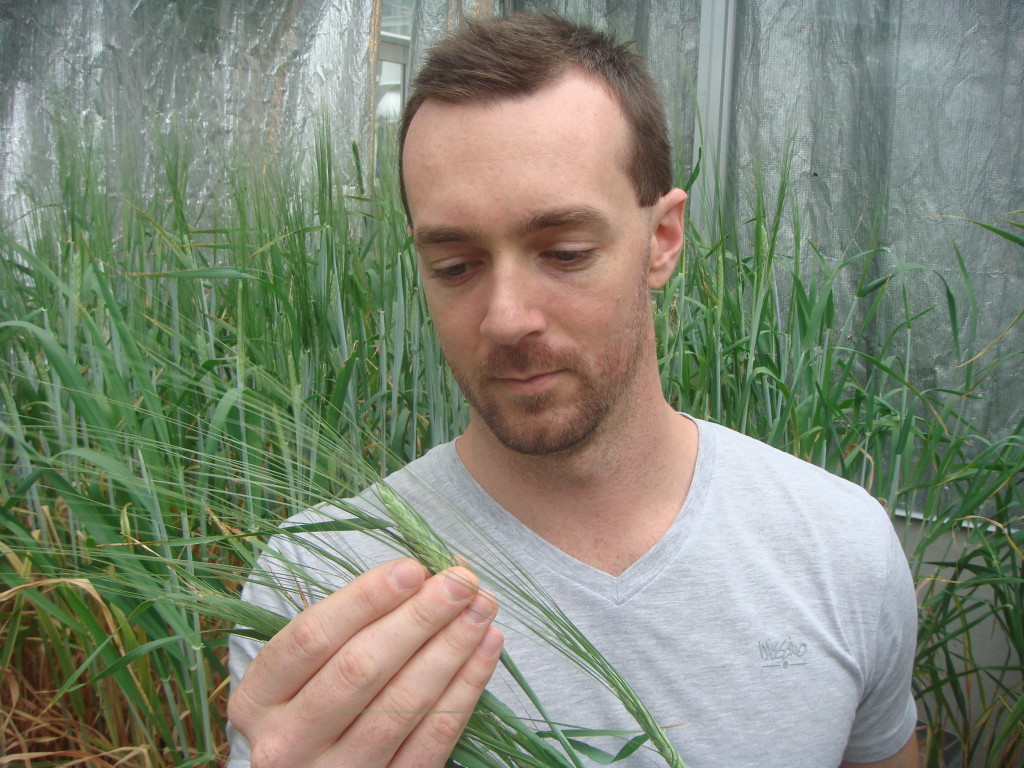
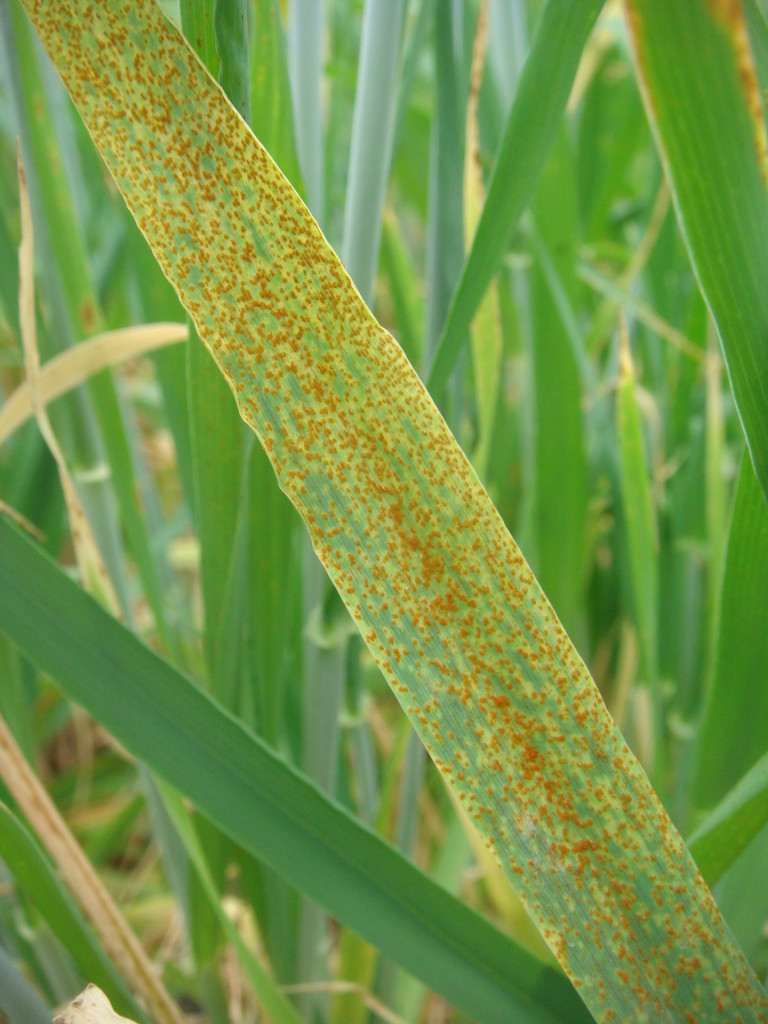



 Fresh Science is on hold for 2022. We will be back in 2023.
Fresh Science is on hold for 2022. We will be back in 2023.